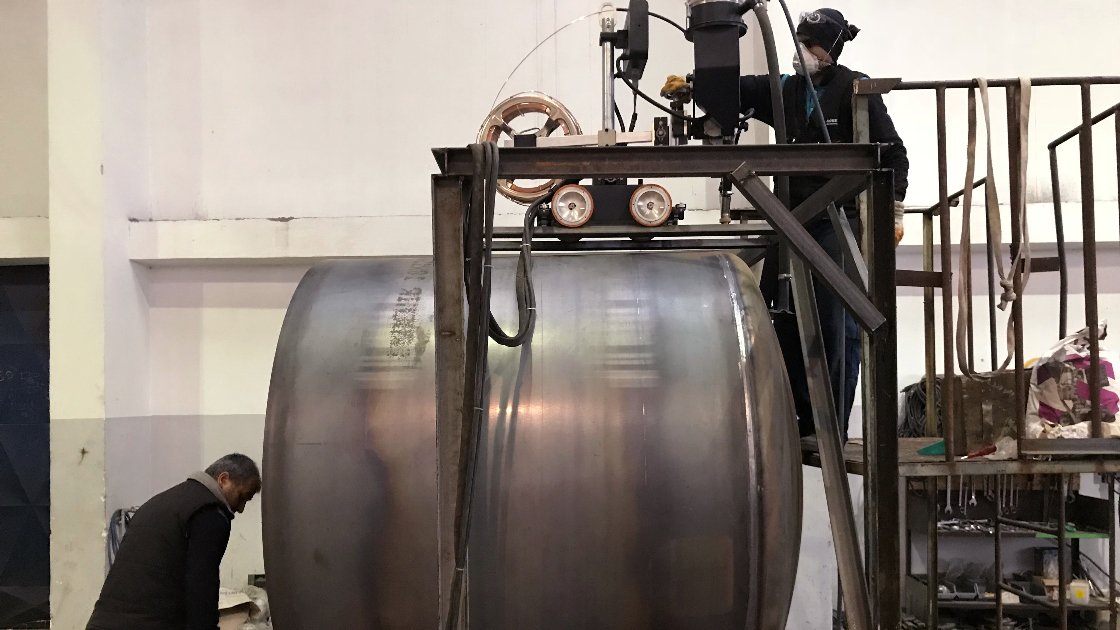
What is CFD Analysis?
Computational Fluid Dynamics (CFD) is an engineering discipline that allows numerical analysis of fluid mechanics problems. CFD analyzes the motion of fluids and the physical effects that occur as a result of this motion using mathematical models and numerical methods. CFD analyzes are used to study the motion of fluids such as air and water, heat transfer, chemical reactions and other related phenomena.
Key Components of CFD Analysis
With Mathematical Model
Navier-Stokes Equations: These are the basic equations that describe the movement of fluids. These equations are based on the principles of conservation of momentum, mass and energy.
Equations of State: Relate properties of the fluid such as pressure, temperature and density.
Discretization Methods
Finite Difference Method (FDM): Used to solve continuous equations using finite differences.
Finite Volume Method (FVM): It is based on solving integral equations on control volumes.
Finite Element Method (FEM): It searches for a solution by dividing a continuous problem area into a finite number of sub-areas.
Creating a Mesh
The region where the fluid movement will be analyzed is divided into small cells (mesh). Calculations are made on these cells.
Mesh quality and density affect solution accuracy. A fine and smooth mesh gives more accurate results but requires more computing power.
Boundary Conditions and Initial Conditions
The physical boundaries of the problem are determined and conditions on these boundaries are defined (e.g., inlet/exit velocities, pressures).
Initial conditions are the starting point for calculations and generally define the initial state of the fluid.
Numerical Solution
Discrete equations are solved using computer algorithms and iterative methods.
During the solution, various properties of the fluid (velocity, pressure, temperature, etc.) are calculated and analyzed.
Uses of CFD Analysis
Aviation and Space: Aerodynamic analysis of aircraft wing profiles, rocket engines and spacecraft.
Automotive: Vehicle aerodynamics, engine cooling systems and fuel injection systems.
Energy: Wind turbines, hydroelectric power plants and nuclear reactors.
Construction and Engineering: Airflow analysis of buildings, wind loads on bridges and HVAC systems.
Environmental Engineering: Pollution dispersion, water treatment facilities and air quality modeling.
Chemical and Process Industry: Reactor design, mixing tanks and pipe flows.
Advantages of CFD Analysis
Reducing Experimental Costs: Allows analysis on designs before physical prototypes are created.
Providing Detailed Information: Provides detailed and local information about the movement of fluids, heat transfer and other phenomena.
Time Saving: Fast and repeatable results are obtained instead of complex and time-consuming experiments.
Challenges of CFD Analysis
High Computational Requirements: Detailed and large-scale analyzes may require high computational power and long periods of time.
Modeling Errors: Incorrect specification of mathematical models and boundary conditions can lead to erroneous results.
Mesh Quality: Low mesh quality may negatively affect the accuracy of the results.
CFD analysis is an indispensable tool in modern engineering and design processes. When implemented correctly, it accelerates product development processes, reduces costs and improves design quality.
